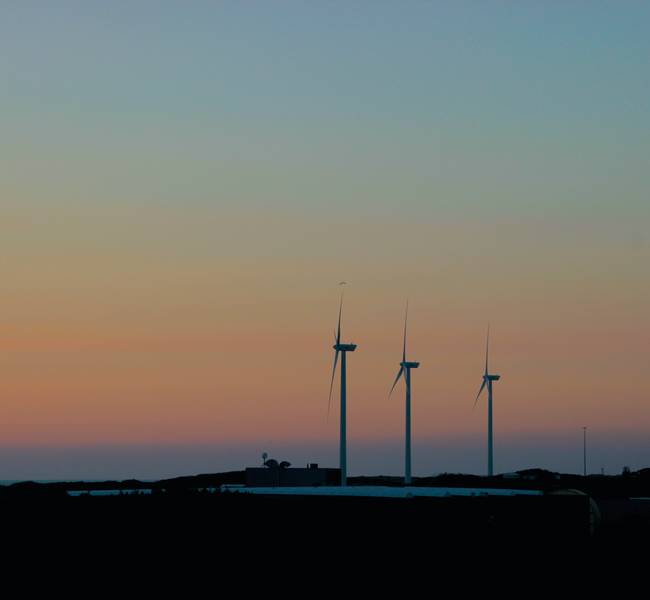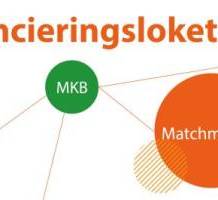Peter Molengraaf, spokesperson of the Topsector Energie: "When we look at our climate ambitions, we need to step up our efforts. Postponing what needs to be done will result in the need for more drastic measures in the future. Investing in innovation together can partially prevent this. Ultimately, our energy system will operate predominantly on wind, solar, and hydropower. I am convinced that it is possible, but we are not ready yet. Compared to our neighboring countries, we in the Netherlands have a backlog in electrification because we have relied on natural gas for a long time. We now need to quickly create space for the transition to maximum utilization of green electricity.
More than just technology
Peter Molengraaf: "We are gaining more insight into what needs to be done; we are still searching for the right sequence, with whom, and especially how everything will work together in the end. That is why we need to innovate with more focus; with innovations that go beyond technical solutions." System innovation is a key concept. These system innovations are necessary to achieve real speed and scale (and therefore accelerate). This means moving from heat pumps to innovation in heat integration, where the heat pump or e-boiler is part of a newly optimized system. Or from electrification technology to the connection between renewable electricity supply and flexible electricity demand.
Integration of innovation
In addition to technology, the integration into the environment is becoming increasingly important, for example from a spatial, societal, infrastructure, and social (work, environment) perspective. The impact of the energy transition is becoming more tangible. Peter Molengraaf: "To understand the impact of new innovations, we need to look beyond the horizon of 2030. This requires a tremendous effort from the innovation community, and we want to start working on it now to be ready in time. Many of the solutions currently available need improvement: cost reduction, integration into the 'system,' more efficiency, safety, reduced use of scarce materials, circularity, human-centered and nature-inclusive, etc."
Moving towards full electrification
The energy system of the future will be fully electric and must flexibly respond to the varying availability of solar or wind power. This particularly requires significant changes in the industry. Innovations for hybrid and thus flexible energy supply are being tested, and solutions for large-scale electrification are being developed. Currently, the first electrolyzers that produce sustainable hydrogen with renewable electricity are being installed. Costs and safety play a crucial role: how can we cost-effectively produce hydrogen in the safest possible way using current and new technologies? At the same time, we focus on long-term research related to reducing the use of scarce raw materials in electrolyzers to limit dependence on specific regions in the world. We also look at the advantages of small-scale electrolysis, where waste heat can be utilized efficiently.
Revising innovation goals
Our goal is to stimulate, facilitate, and scale up innovations to achieve the targets set in the Coalition Agreement and Climate Agreement, knowing that some of these targets will be further tightened over time. Therefore, sometimes we look beyond these targets. The Topsector Energie has developed a comprehensive set of documents called the Multiannual Mission-driven Innovation Programs (MMIP) that provide detailed guidance for policymakers, innovators, researchers, and politicians to make choices and set priorities. Based on these programs, the innovation tenders of the government (MOOI) are also structured. Accelerating and strengthening the earning capacity of the Netherlands are key principles here, while actively ensuring that we stay within social and ecological boundaries.


